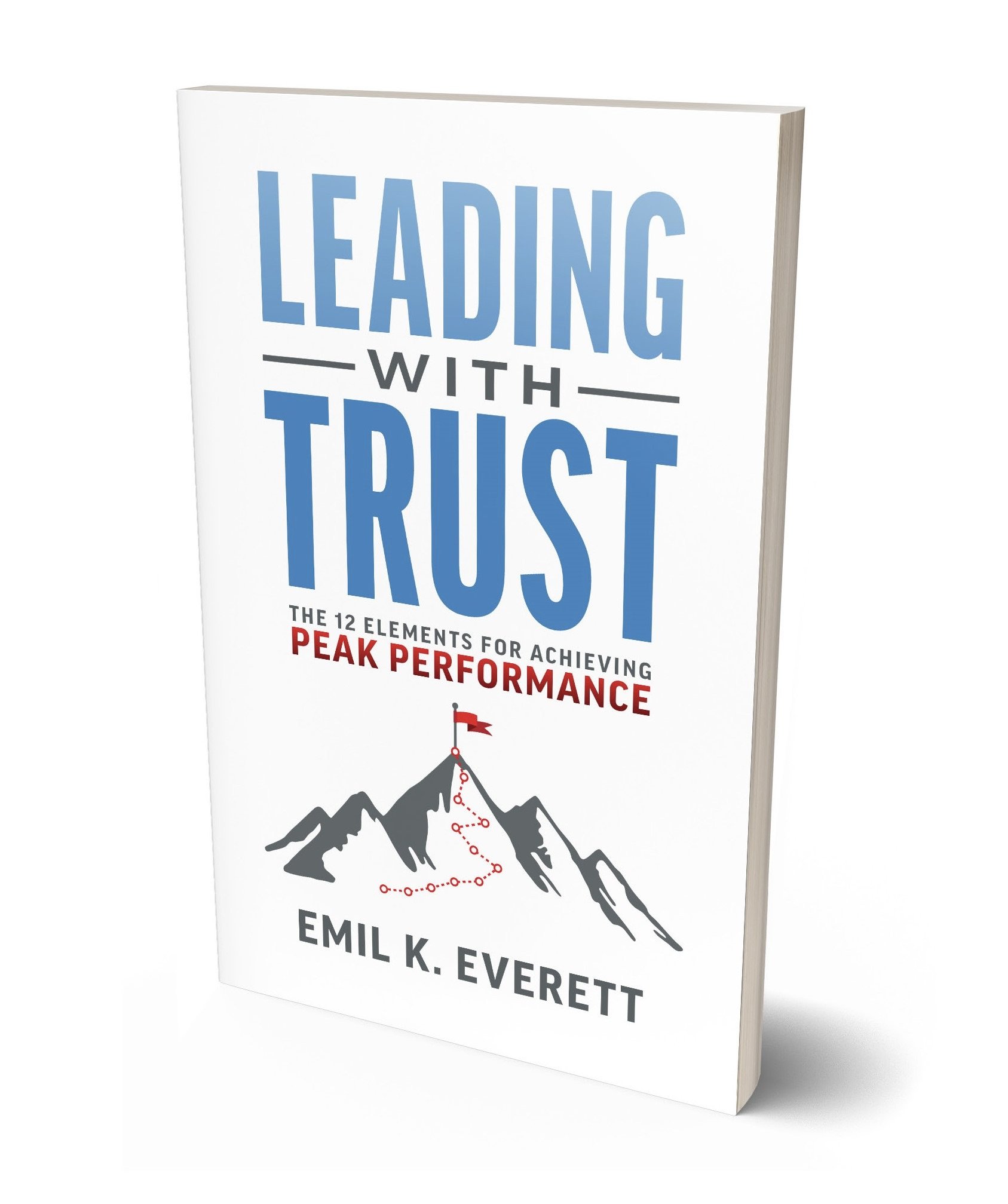The Three Major Steps of the Feedback Process: Observing, Documenting, and Delivering
Feedback is a powerful tool that fosters growth, development, and improvement in various aspects of life, whether in professional settings, educational environments, or personal relationships. Constructive feedback helps individuals identify their strengths and weaknesses, providing valuable insights to enhance their performance. To ensure that feedback is effective and well-received, it's crucial to follow a structured approach. The feedback process can be broken down into three significant steps: observing, documenting, and delivering.
Step 1: Observe - Observation is the first step in the feedback process. Effective feedback starts with keenly observing the behavior, actions, or performance you intend to address. This involves paying close attention to details and gathering relevant information. Observing ensures that your feedback is accurate and specific data rather than assumptions or generalizations.
Importance and Benefits of Observation:
Accuracy: Observing the behavior firsthand allows you to provide accurate feedback. Instead of relying on hearsay or rumors, you clearly understand what occurred.
Specificity: Detailed observations enable you to provide specific examples when delivering feedback. This makes your feedback more actionable and easier to understand.
Objectivity: Observation promotes objectivity. Instead of letting personal biases or preconceived notions influence your feedback, you can base your insights on what you've directly witnessed.
Step 2: Document - Once you have observed the behavior, you must document your observations clearly and objectively. This step involves recording the specifics of what you've witnessed without inserting judgments or assumptions. Focus on describing the actions or outcomes you observed without adding your interpretation.
Importance and Benefits of Documentation:
Clarity: Documenting your observations ensures that you have a clear record of what transpired. This prevents misunderstandings and provides a reference for discussions.
Accountability: Documented observations hold both parties accountable. This transparency fosters a culture of honesty and growth.
Future Reference: Documented feedback can be referenced to track progress and development. It also aids in identifying recurring patterns.
Legal Considerations: Documenting all activity will provide an unbiased recording of actions that may result in disciplinary actions, dismissal, or legal complaints.
Step 3: Deliver - The final step in the feedback process is delivering the feedback to the recipient. Constructive feedback should be provided in a considerate and sensitive manner. Start by highlighting the positive aspects before addressing areas that need improvement. Be specific about what you observed and provide actionable suggestions for growth.
Importance and Benefits of Delivery:
Motivation: By starting with positive feedback, you motivate the recipient and acknowledge their strengths. This creates a receptive environment for addressing areas of improvement.
Growth: Constructive feedback offers insights for growth and development. When delivered effectively, it guides individuals toward enhancing their skills and performance.
Relationship Building: Thoughtful delivery of feedback strengthens relationships. It shows that you care about the recipient's development and well-being.
Separation of Positive and Constructive Feedback: A crucial point to emphasize is that positive and constructive feedback should never be delivered together. Combining both types of feedback in a single interaction can overwhelm the recipient and diminish the value of the information. To ensure clarity and effectiveness and give each piece of feedback its value, it's advisable to provide positive feedback in one conversation and address areas for improvement in another. The only exception would be annual or semi-annual reviews.
The feedback process consists of three significant steps: observation, documentation, and delivery. Each step is pivotal in ensuring that feedback is accurate, actionable, and well-received. When feedback is delivered separately, it promotes growth, development, and stronger relationships. By following this structured approach, individuals and organizations can harness the power of feedback to improve and thrive continuously.

